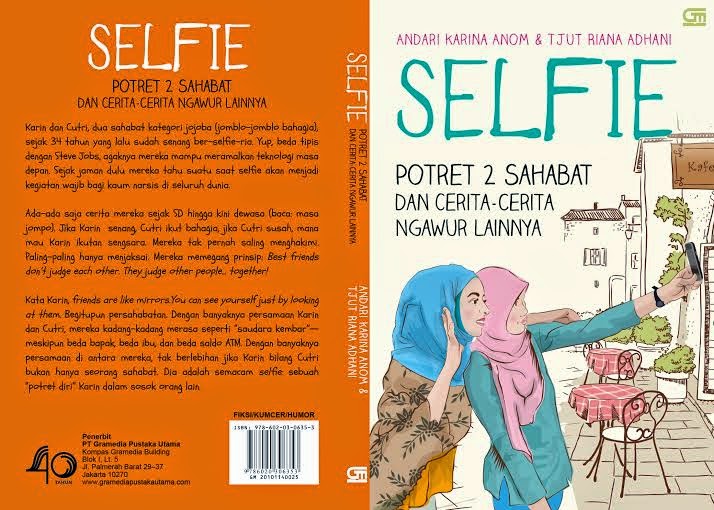Author: Kazuo Ishiguro
Translator: Linda Boentaram
Publisher: PT Elex Media Computindo
Publication Date: 2012
Pages: 414
This is the third book of Kazuo Ishiguro that I have read so far after The Remains of the Day and Never Let Me Go, both books have been adapted into movies. I got to admit that Ishiguro is a real master of prose. His writing is always beautifully controlled, elegant and poignant.
This book is set in England and Shanghai prior to World War II. This is a story about Christopher Banks, an Englishman raised in Shanghai before he's finally sent back to London to live with his aunt at age of 9 upon the mysterious disappearance of his parents.In Shanghai he has a Japanese friend, Akira. They love to play a game and act like a detective. This game is the root of the work Banks finally chooses, he becomes a detective.
Now more than twenty years later, Banks is a celebrated figure in London society. He is a respected detective who has settled many important cases. But Banks has his own mission. He wants to find his kidnapped parents. But were they really kidnapped?
Let's follow Banks flashing back to his childhood in the East. Banks travels back to Shanghai. But the condition is so much different that he imagines. He finds Shanghai is already shattered by war. He's searching hopelessly into the ruins of the city in order to find out the place where his parents might just still be held captive.
A beautiful and complex tale of friendship, the bonds of family, romantic love and shocking ending. It's truly a master work of a master writer.

















